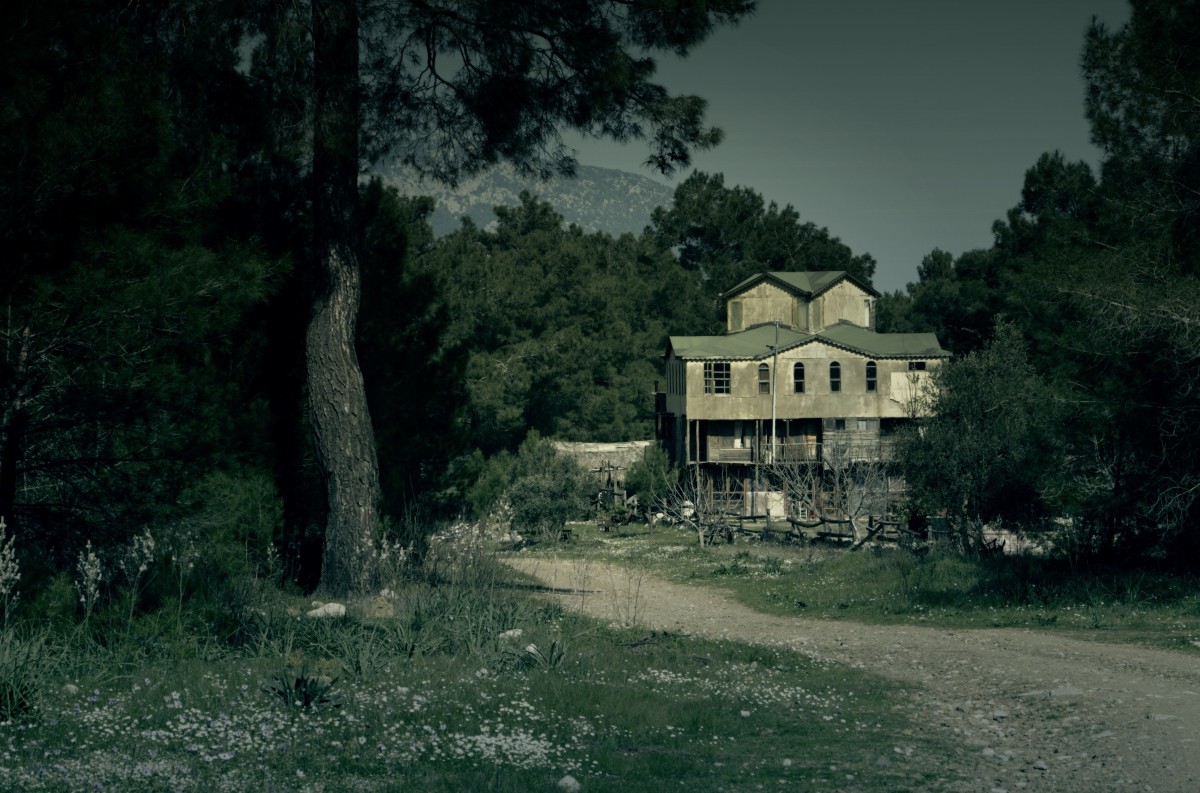
From Detroit to Bagamoyo to Kolmanskop, crumbling churches, abandoned castles, abandoned homes, and neglected landscapes have become emblematic images of late capitalism. Haunted house stories are essential, and can they reflect the violence that produces the materiality and social reproduction of the home, spaces, and landscapes? Do these places have anything that has "ruined" them? Does a ghostly landscape illuminate the violence of the past? What do ruin houses, homes, cathedrals and castles, abandoned cities, and urban spaces reanimate within our collective and individual imagination? Where is the danger located? Is there any unfinished business whispering through the walls, overgrown yards, abandoned streetscapes, that lonely house?
Besides Indigenous dispossession and the unequal development of colonized lands worldwide, how do these ruined landscapes represent violence caused by gender and racialized labour, human commodification, categorization and enslavement? Is there a way in which ghostly landscapes and abandoned houses represent how gender and racial categories are intertwined, oppression, extraction, and violence are perpetrated by capitalism against women and racialized people, as well as the entanglement of slavery and colonialism with industrial capitalism and financial capitalism that accompanied the conquest of the New World?
Through fiction and theory, this course examines how American and
European haunted houses, ruined streetscapes,abandoned houses, cities
and geographies are characterized by their unnerving facades, wonky
dimensions, and ghostly inhabitants. This study explores the role of
cold streaks, moans, an invisible presence, chills, creaking walls,
misty landscapes, dilapidated, dark unnerving spaces, and sudden
deafening silences in the context of unresolved violence histories based
on Toni Morrison's research (2007), women of colour and Indigenous
feminisms, and queer of colour critique within the framework of
"post"-colonial studies that investigate the role of modernity on the
lives of Others.
How do the French, Caribbean, and the United Kingdom's ruined homes, the Ruins of Bagamoyo, Kolmansko, and the Ruins of Bagamoyo, speak of conquest, dispossession, and racial/gendered terror as part of European and American colonial and imperialism? Do haunted house narratives reveal violent exclusions and exploitations behind the illusion of "happy" family life? Would it be possible to detect the ghostly presence of those displaced or imprisoned by the Euro-North American Dream in them? This seminar explores how ghost stories reflect conflicting worldviews, construct multiple interpretations, and document longing, sorrow, terror, horror, and rage. Through this analysis, we can examine how haunted house stories can convey a violent and rebellious history.
- Kursverantwortliche/r: Andrew Thomas